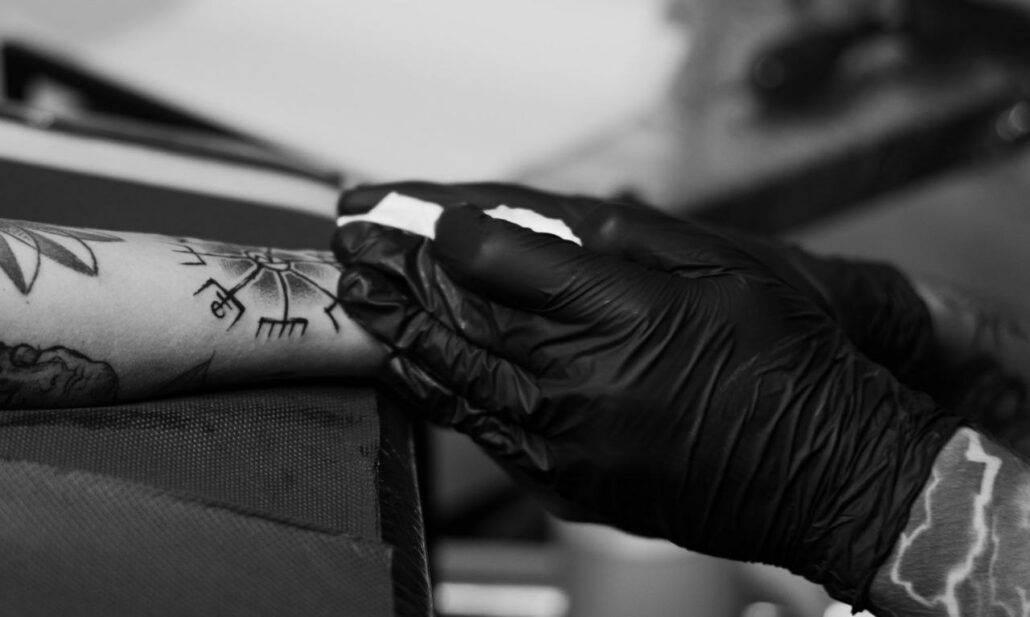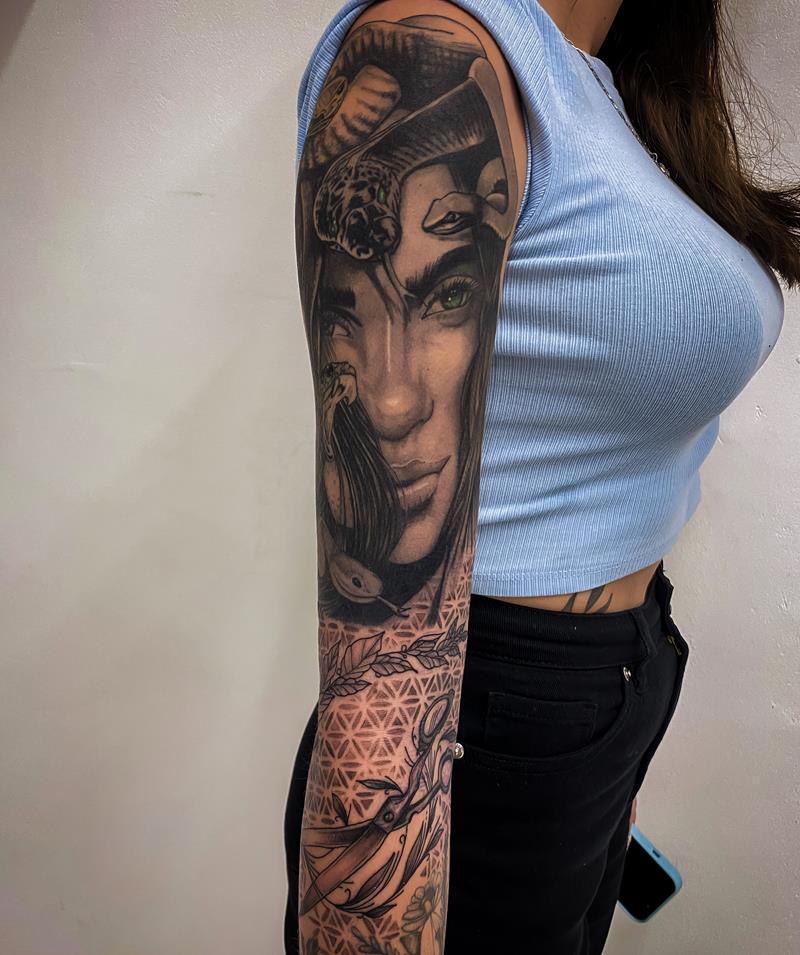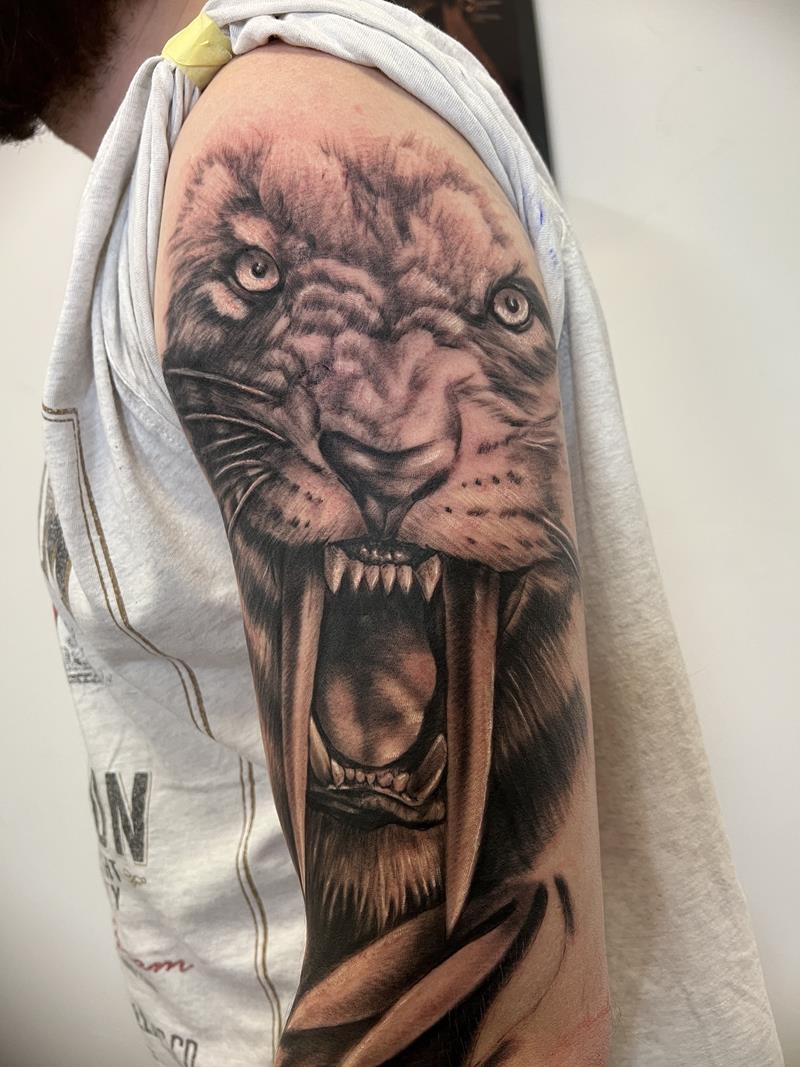Cover-up or second life of tattoos
Sponsored content
“But a tattoo is for life!” Many people heard a phrase like this when they dared to get a piece of body art. Sometimes it happens that a tattoo was made by mistake, or it became outdated for some reason. Of course, it can be removed with a laser. However, this procedure is painful and also quite expensive. But don’t give up! The cover-up will be a solution. Using this technique, it is possible not only to incorporate the elements of a previous tattoo in a new design, but also fully camouflage it. One of the masters from Vean Tattoo studio guided us through important moments which need to be considered in case of a cover-up.
— A new tattoo should be either the same size or bigger than the previous one. A cover-up sketch cannot contain a lot of light colors where the old tattoo is. Even if after the session the tattoo was hidden successfully, eventually light colors (white, light grey, yellow, and some shades of red) will modify the black color. Images with skulls suit perfectly for camouflaging: big black eye sockets, nasal cavity and so on.
The tattoo master also mentioned that the result of a cover-up usually turns out to be a few shades darker than the old tattoo. By the way, not the entire color palette can be used for camouflaging.
— It’s important to use rich and dense pigments for a cover-up. Rather choose cold and dark colors. For example, among the best options are purple, blue, dark shades of grey and so on.
Not all styles are suitable for covering up a tattoo. It all depends on the size of a previous image and on how complicated the work is. From the master’s point of view, the easiest would be to choose currently famous blackwork technique.
— Black is the best solution for hiding black underneath. Blackwork is done in a certain way, and an inexperienced master, especially one who didn’t practice this style yet, is likely to ‘paint’ black with gaps, which looks quite cheap.
‘Blackwork’ or ‘blackout’ tattoos in modern understanding appeared because of Polynesian art. Its design includes elements of neo-tribal ‘signs on skin’. In addition, many historians argue that the practice of blackout tattoos was borrowed from the ancient tribes of Borneo. It was typically popular to put images of trees, leaves, animals and even fruits on bodies. Traditionally, they were done with two sticks. By the way, young people are getting more and more interested in those tattoos year by year. The trend was popularized by Chester Lee, a tattoo master from Singapore. In no time, the blackout style spread all over the world. However, this tattoo will look flattering only on certain parts of the body.
—There is one more interesting cover-up technique – ‘blast over’. It means the partial covering of an old tattoo. This style would be perfect for camouflaging colored tattoos. The new sketch is put on top of an old tattoo using black ink. At the same time, some elements of an old tattoo are still showing. It looks very impressive and unusual. Styles with dense coloring can also be chosen. Color realism, for example. By the way, light ‘grey wash’ will fade out, and the old tattoo will be visible again. – clarified the body art master from the Vean Tattoo studio network.
The decision to get a tattoo should be informed and well-thought. No need to hurry with choosing a master, especially when it comes to a cover-up. We hope that the recommendations from Vean Tattoo were useful for you.
please make a donation here
Hot news
New exhibition showcases the legacy of Hungary’s iconic painter Munkácsy – photos
Budapest’s Pullman Hotel just hosted the most immersive event ever!
Billions lost in EU funding to cause economic fallout for Hungary
Nostalgic Advent bus services in Budapest
Hungarian MPs decide on important tax laws
Uniting nations through generosity: the Diplomatic Charity Fair 2024 at Bálna Budapest – Photo gallery, Videos








